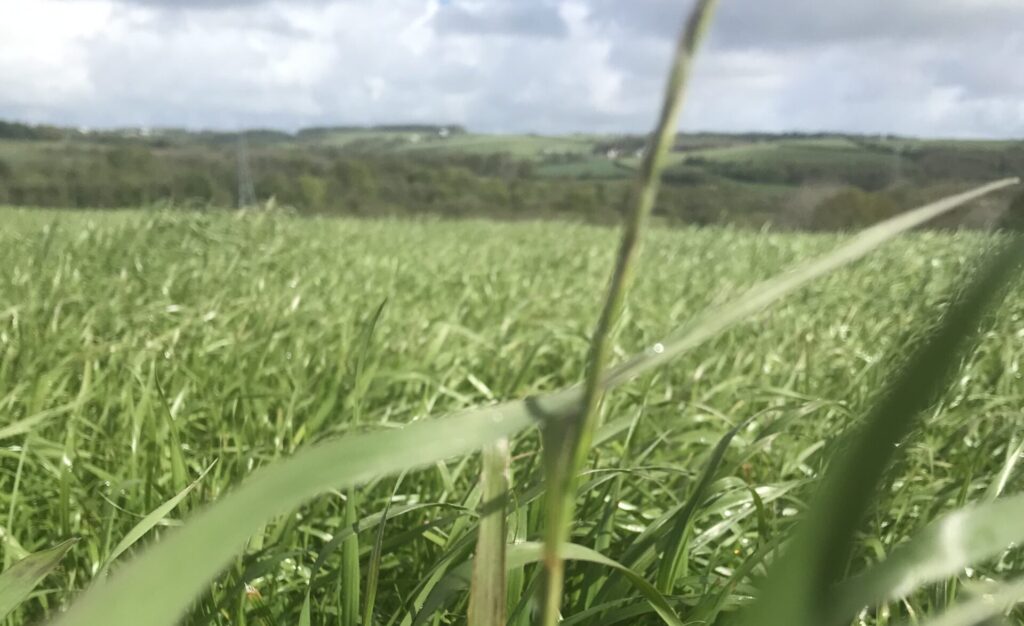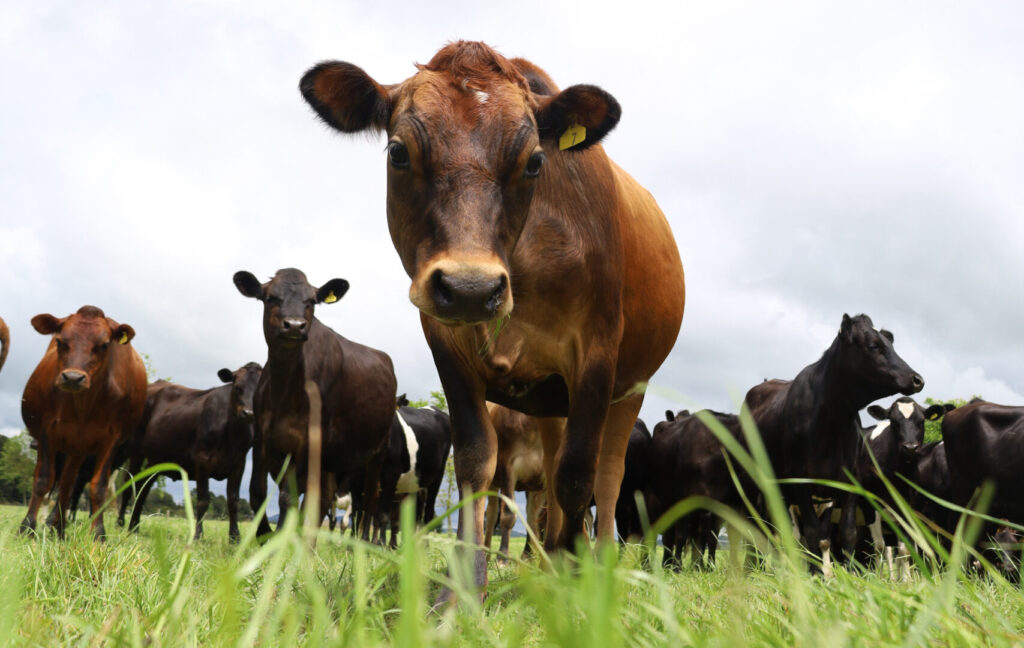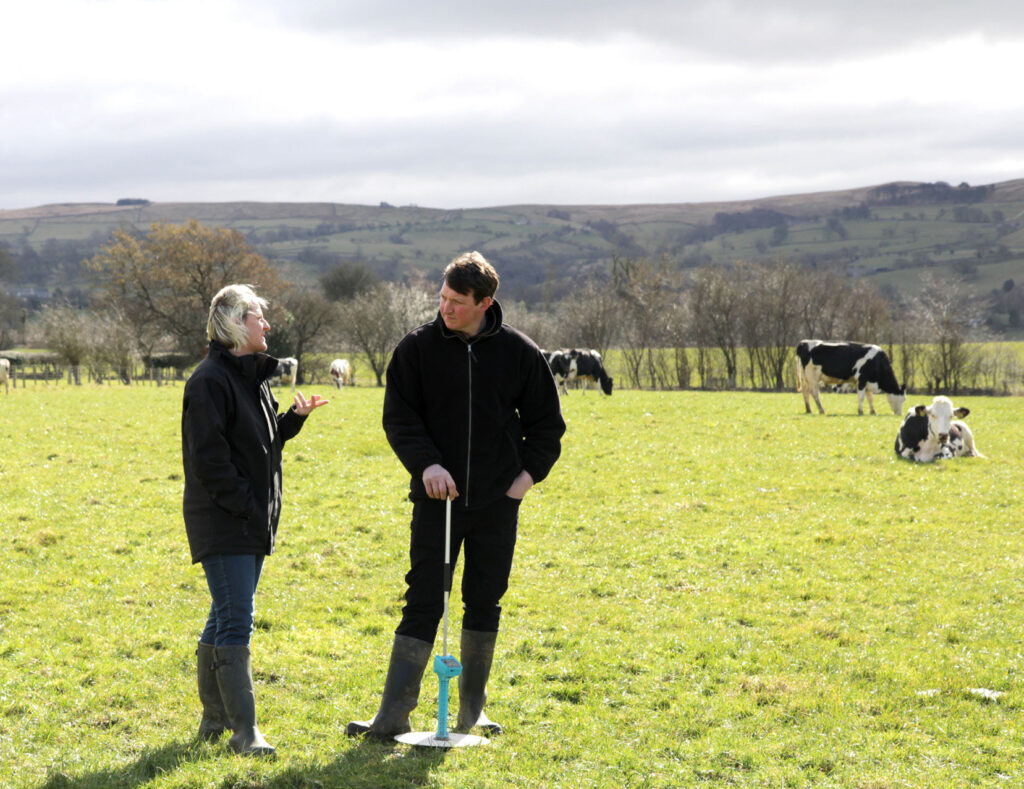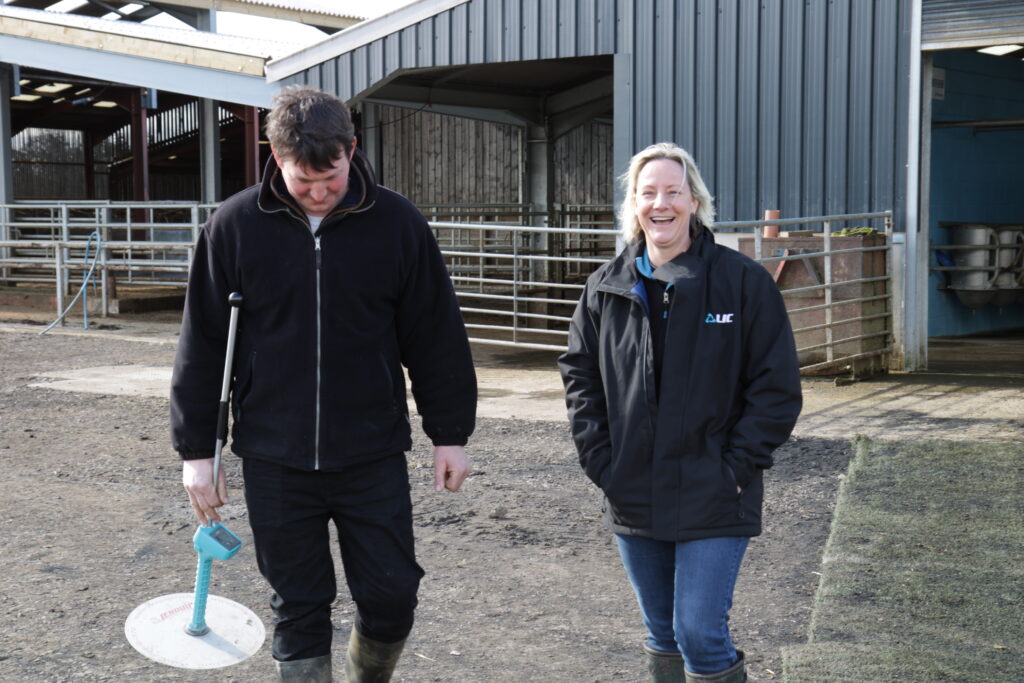If you have answered with anything less than an eight, then my next question is this. In an industry where there is mounting pressure on costs and on environmental impact, along with cessation of subsidies can you afford to ignore the potential that grass and grazing can offer your livestock business? For most across the North, grass is the cheapest, easiest, and most abundant livestock feed to grow and harvest. With grazing discussion groups spread across the North, help is available to learn from the experiences of others who are local to you.
Despite the amount of rainfall in the last few months there are farmers across all regions in the North that have continued to graze stock in October and November. Some will go further with the strategic use of out-wintering on deferred grass or crop combined with bales. This can be a great way to extend the grazing season without negatively impacting on the grass cover that is being stored to carry through to spring.
In previous winters as I’ve worked across the North I have noticed out-wintering as a regular practise by some. My observation is that it is most commonly used by those who have ‘drier’ soils or a drier patch of land. The strategy generally seems to be ‘set stocking’ a small amount of animals on a sacrifice paddock being fed conserved forage from feeders. While I can appreciate this does save a substantial amount on winter housing costs the physical result seems to be a lot of mess and muck, and not a particularly good look for farming.
Out-wintering
I am an advocate for out-wintering, but in a manner that saves on housing costs whilst minimising soil damage and run-off as much as possible. To keep mud off the roads and offer stock a clean dry area to lie on can be done by planning a strategic out-wintering programme. Bales are placed in situ within a grass or crop sward grown specifically for winter forage and designed to be consumed gradually over a number of weeks using electric fence allocation. This also allows a larger number of animals to be out-wintered successfully.
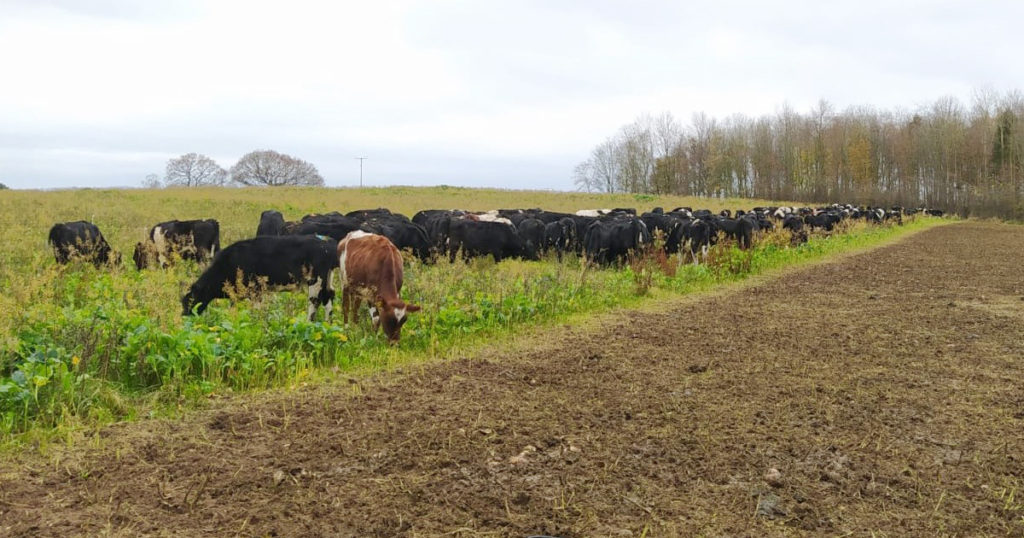
15 mth old dairy heifers being out-wintered on mixed species crop of kale, turnips and mustard; a mobile water bowl can be seen in the foreground allowing back fencing to protect further soil damage
As with grazing through the season, understanding the dry matter requirements of the group and offering a fresh area each day ensures all animals get their fill whilst minimising wastage. To a certain extent you are still going to sacrifice a paddock/s as it will need renovation come spring. However, the major benefits are the valuable nutrients deposited by the stock are spread more evenly across the area. Any crop wastage will be tread into the soil to further increase soil organic matter. Depending on soil type there may be very little need for ploughing as the surface will already be worked, generally some passes with discs for cultivation is all that’s required.
Stock that are out-wintered are very healthy. Depending on the conditions through winter we do need to ensure their energy requirements are being meet to maintain liveweight and cope with the cold. Out-wintering can be a useful tool to break in new ground, or as part of your regular reseeding programme. The most obvious advantage is to lower winter housing costs or allow farmers to keep more stock that they don’t have indoor space for.
To assess whether out-wintering could be a useful tool for you to extend your grazing season, or help increase your pasture management self-assessment score, phone me on 07717732324 or email bjowsey@liceurope.com
